Home>Storage & Organization>Kitchen Organizing Tools>Why Does My Cat Spray In The Litter Box?
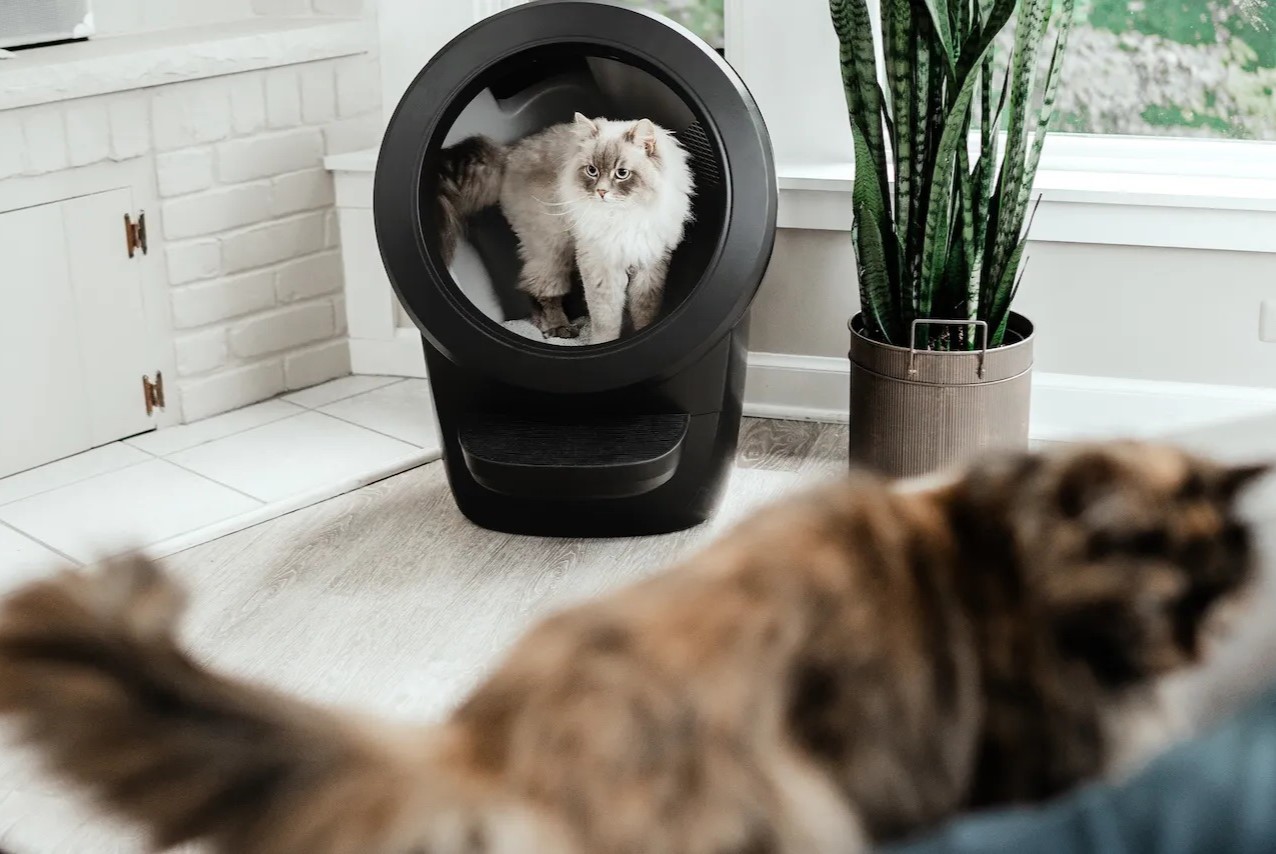

Kitchen Organizing Tools
Why Does My Cat Spray In The Litter Box?
Modified: August 17, 2024
Discover the best kitchen organizing tools to keep your space tidy and efficient. Find the perfect solutions for your kitchen clutter today!
(Many of the links in this article redirect to a specific reviewed product. Your purchase of these products through affiliate links helps to generate commission for Storables.com, at no extra cost. Learn more)
Introduction
Cats are fascinating creatures, known for their independence, agility, and mysterious behaviors. One of the common behaviors that cat owners may encounter is spraying, especially in the litter box. This behavior can be perplexing and frustrating for cat parents, leading to questions about its causes and how to address it effectively.
Understanding why cats spray in the litter box is crucial for providing the best care and environment for our feline friends. By delving into the reasons behind this behavior, we can gain valuable insights into our cats' needs and preferences, ultimately fostering a harmonious relationship between humans and their beloved feline companions.
In the following sections, we will explore the intricate world of cat spraying, shedding light on the various factors that may contribute to this behavior. From medical issues to environmental influences, we will unravel the complexities of cat spraying, equipping cat owners with the knowledge and understanding needed to support their cats in leading happy and fulfilling lives.
As we embark on this journey of discovery, it's important to approach the topic with an open mind and a compassionate heart. Cats communicate through their behaviors, and spraying is their way of expressing themselves. By seeking to comprehend the underlying reasons for this behavior, we can cultivate empathy and empathy, strengthening the bond between humans and their feline companions.
Join us as we unravel the mysteries of cat spraying in the litter box, gaining a deeper understanding of our feline friends and learning how to create a nurturing environment that meets their unique needs.
Key Takeaways:
- Cats spray in the litter box to communicate with other cats and mark their territory. Medical issues, stress, and environmental factors can influence this behavior. Understanding and addressing these factors can help create a supportive environment for cats.
- To address cat spraying, cat owners can take proactive steps such as providing a clean and quiet litter box, minimizing stressors, and seeking veterinary care. By understanding and addressing the reasons behind spraying, cat owners can foster a harmonious relationship with their feline companions.
Read more: Why Does My Cat Sleep In The Litter Box?
Understanding Cat Spraying
Cat spraying, also known as urine marking, is a natural behavior exhibited by cats, particularly those who are unneutered or unspayed. Unlike urination, which is typically done in the litter box, spraying involves the cat releasing small amounts of urine on vertical surfaces, such as walls or furniture. This behavior serves as a form of communication, allowing cats to convey important messages to other cats in the vicinity.
Understanding the underlying motivations behind cat spraying is essential for cat owners seeking to address this behavior effectively. While it can be frustrating to deal with, it's important to recognize that spraying is not a malicious or vindictive act. Instead, it is a means of communication rooted in the complex social dynamics of feline communities.
Cats spray for a variety of reasons, and their motivations can be influenced by both internal and external factors. By gaining insight into these motivations, cat owners can better comprehend their feline companions' needs and provide a supportive environment that promotes positive behaviors.
As we delve into the intricacies of cat spraying, it's crucial to approach the topic with empathy and understanding. Cats are highly sensitive creatures, and their behaviors are often driven by instinctual, social, and environmental factors. By acknowledging the naturalness of spraying and seeking to understand its underlying causes, cat owners can cultivate a deeper connection with their feline friends, fostering a harmonious and enriching relationship.
In the following sections, we will explore the multifaceted reasons behind cat spraying, shedding light on the complex interplay of biological, behavioral, and environmental factors that contribute to this behavior. By unraveling the mysteries of cat spraying, we can equip cat owners with the knowledge and insights needed to support their cats in leading happy, healthy, and fulfilling lives.
Reasons for Cat Spraying in the Litter Box
Cat spraying in the litter box can stem from a variety of factors, encompassing both medical and behavioral aspects. Understanding these reasons is pivotal in addressing the issue effectively and providing the best care for our feline companions.
Medical Issues
Medical conditions can prompt cats to spray in the litter box. Urinary tract infections, bladder stones, and other urinary tract issues can cause discomfort and lead a cat to associate the litter box with pain, prompting them to seek alternative places to urinate. Additionally, older cats may experience age-related ailments that affect their litter box habits. It's crucial to monitor any changes in a cat's spraying behavior and seek veterinary attention if medical issues are suspected.
Behavioral Issues
Behavioral factors play a significant role in cat spraying. Stress, anxiety, and territorial conflicts can trigger spraying behavior, as cats use urine marking to communicate with other cats and assert their territory. Changes in the household, such as the introduction of a new pet or a disruption in routine, can induce stress in cats, prompting them to spray in an attempt to establish a sense of security and familiarity.
Read more: Why Does My Cat Sit In The Litter Box
Environmental Factors
The physical environment can also influence a cat's propensity to spray in the litter box. Factors such as the location and cleanliness of the litter box, the type of litter used, and the presence of other animals in the vicinity can impact a cat's litter box behavior. Cats are fastidious creatures, and they may be deterred from using a litter box that is not kept clean or is located in a noisy or high-traffic area. Additionally, the presence of outdoor cats or wildlife near the home can stimulate territorial instincts, leading to spraying behavior.
By recognizing and addressing these multifaceted reasons for cat spraying in the litter box, cat owners can take proactive steps to support their feline companions. Creating a calm, secure, and hygienic environment, along with addressing any potential medical issues, can help mitigate spraying behavior and promote positive litter box habits in cats.
Understanding the intricate interplay of medical, behavioral, and environmental factors is essential in fostering a nurturing environment that meets the unique needs of our feline friends. By approaching the issue of cat spraying with empathy and insight, cat owners can strengthen their bond with their cats and provide the care and understanding that these enigmatic creatures deserve.
Medical Issues
Medical issues can significantly impact a cat's propensity to spray in the litter box. Urinary tract infections, bladder stones, and other urinary tract problems can cause discomfort and pain, leading a cat to associate the litter box with negative experiences. As a result, the cat may seek alternative locations to urinate, including engaging in spraying behavior.
Urinary tract infections (UTIs) are a common medical concern among cats and can manifest with symptoms such as frequent urination, straining to urinate, and blood in the urine. When a cat experiences the discomfort of a UTI, they may develop a negative association with the litter box, perceiving it as a source of pain. This association can prompt the cat to avoid the litter box and seek out other areas in the home for urination, including engaging in spraying behavior as a means of communication and relief.
In addition to UTIs, cats may also be prone to developing bladder stones, which can cause similar discomfort and lead to altered litter box habits. The presence of bladder stones can result in increased urgency and frequency of urination, as well as potential pain during urination. As a result, affected cats may exhibit avoidance of the litter box and resort to spraying as a coping mechanism.
Furthermore, older cats may experience age-related urinary issues, such as decreased bladder control or arthritis, which can impact their ability to comfortably use the litter box. These age-related changes can contribute to spraying behavior as older cats seek alternative ways to alleviate discomfort and maintain their sense of comfort and security.
It is essential for cat owners to monitor their feline companions for any signs of urinary discomfort or changes in litter box behavior. Prompt veterinary attention should be sought if a cat displays symptoms such as straining to urinate, vocalizing during urination, or exhibiting unusual patterns of urination. A thorough veterinary examination can help identify and address any underlying medical issues that may be contributing to the cat's spraying behavior.
By addressing medical issues promptly and effectively, cat owners can alleviate their feline companions' discomfort and support positive litter box habits. Creating a comfortable and stress-free environment for cats, coupled with appropriate veterinary care, can play a pivotal role in mitigating spraying behavior and promoting overall feline well-being.
Behavioral Issues
Behavioral issues play a significant role in cat spraying, shedding light on the intricate interplay of feline emotions, instincts, and social dynamics. Cats are highly sensitive creatures, and their behaviors are often influenced by their innate need for security, territory, and social interaction. Understanding the behavioral factors that contribute to spraying behavior is essential for cat owners seeking to address this issue effectively and support their feline companions.
Stress and anxiety are common triggers for cat spraying. Cats are creatures of habit, and they thrive in environments that provide a sense of security and stability. Changes in the household, such as the introduction of a new pet, a move to a new home, or disruptions in routine, can induce stress in cats, leading to spraying behavior. Cats may use urine marking as a means of establishing familiarity and asserting their territory in response to perceived threats or changes in their environment.
Territorial conflicts can also prompt spraying behavior in cats. Whether it's the presence of outdoor cats near the home or the introduction of a new feline companion, cats may engage in urine marking to communicate and delineate their territory. This instinctual behavior is deeply rooted in feline social dynamics, as cats use scent marking to convey information about their presence, boundaries, and social status to other cats in the vicinity.
Moreover, unresolved social tensions among multiple cats in a household can contribute to spraying behavior. Cats may engage in urine marking as a way to establish hierarchies, express dominance, or alleviate social stress within the feline group. Understanding and addressing the underlying social dynamics and conflicts among cats is crucial for mitigating spraying behavior and fostering a harmonious multi-cat environment.
Environmental enrichment and stress reduction techniques can play a pivotal role in addressing behavioral issues associated with cat spraying. Providing cats with ample opportunities for mental and physical stimulation, such as interactive toys, vertical spaces for climbing, and designated resting areas, can help alleviate stress and reduce the likelihood of spraying behavior. Additionally, creating a peaceful and predictable environment, along with offering individualized attention and affection, can help cats feel secure and content, minimizing the triggers for spraying.
By recognizing and addressing the behavioral factors that contribute to cat spraying, cat owners can take proactive steps to support their feline companions. Fostering a calm, secure, and enriching environment, coupled with promoting positive social interactions and minimizing stressors, can significantly reduce spraying behavior and enhance the overall well-being of cats.
Understanding the intricate interplay of behavioral factors is essential in nurturing a supportive environment that meets the unique emotional and social needs of our feline friends. By approaching the issue of cat spraying with empathy and insight, cat owners can strengthen their bond with their cats and provide the care and understanding that these enigmatic creatures deserve.
Environmental Factors
Environmental factors play a pivotal role in influencing a cat's propensity to spray in the litter box. Cats are highly attuned to their surroundings, and the physical environment can significantly impact their litter box habits and spraying behavior. By understanding and addressing these environmental factors, cat owners can create a supportive and conducive space that promotes positive litter box behaviors in their feline companions.
The location and cleanliness of the litter box are crucial environmental considerations. Cats are fastidious creatures, and they prefer a clean and well-maintained litter box. A litter box that is soiled or malodorous may deter a cat from using it, leading to potential spraying behavior as the cat seeks alternative elimination sites. Regular scooping and cleaning of the litter box, along with the use of unscented, clumping litter, can enhance its appeal to cats and minimize the likelihood of spraying.
Additionally, the placement of the litter box within the home can influence a cat's litter box habits. Cats prefer privacy and quiet when using the litter box, so locating it in a peaceful, low-traffic area can encourage regular use. Avoid placing the litter box near noisy appliances, litter box, or areas frequented by other pets, as these factors can create stress and discomfort for the cat, potentially triggering spraying behavior.
The type of litter used in the litter box is another environmental consideration that can impact a cat's spraying behavior. Cats have individual preferences when it comes to litter texture and scent. Experimenting with different types of litter, such as clumping, non-clumping, or natural alternatives, can help determine the cat's preferences and promote consistent litter box usage. Providing multiple litter boxes with varying litter types can offer cats choices and accommodate their individual preferences, reducing the likelihood of spraying.
Moreover, the presence of other animals in the vicinity, such as outdoor cats or wildlife, can stimulate territorial instincts in cats, leading to spraying behavior. Cats may mark their territory in response to perceived intruders, using urine marking as a means of communication and boundary establishment. Minimizing outdoor stimuli and creating a secure indoor environment can help alleviate territorial stress and reduce the urge to spray.
By addressing these environmental factors, cat owners can create a harmonious and inviting litter box environment that supports positive elimination behaviors in their cats. Understanding and accommodating the unique preferences and sensitivities of feline companions can foster a nurturing environment that promotes well-being and minimizes spraying behavior.
Read more: Why Does My Cat Scratch The Litter Box
How to Address Cat Spraying in the Litter Box
Addressing cat spraying in the litter box requires a comprehensive approach that encompasses medical, behavioral, and environmental considerations. By implementing proactive strategies and creating a supportive environment, cat owners can effectively mitigate spraying behavior and promote positive litter box habits in their feline companions.
Veterinary Evaluation
Initiating a veterinary evaluation is crucial when addressing cat spraying. Any underlying medical issues, such as urinary tract infections, bladder stones, or age-related ailments, should be promptly identified and treated. A thorough examination by a veterinarian can help rule out medical causes for spraying behavior and ensure the cat's physical well-being.
Environmental Enrichment
Creating a conducive environment for cats can significantly reduce spraying behavior. Providing multiple clean litter boxes in quiet, accessible locations can encourage regular litter box usage. Experimenting with different litter types and maintaining a consistent cleaning schedule can enhance the appeal of the litter box. Additionally, offering vertical spaces for climbing, interactive toys, and designated resting areas can alleviate stress and promote mental and physical stimulation, reducing the likelihood of spraying.
Stress Reduction
Minimizing stressors in the cat's environment is essential for addressing spraying behavior. Maintaining a predictable routine, offering individualized attention, and minimizing disruptions can help cats feel secure and content. Addressing any conflicts among multiple cats in the household and providing opportunities for positive social interactions can alleviate territorial tensions and reduce the urge to spray.
Read more: Why Does My Cat’s Litter Box Smell So Bad
Behavior Modification
Implementing behavior modification techniques can help redirect spraying behavior. Utilizing pheromone diffusers or sprays, such as synthetic feline facial pheromones, can create a calming atmosphere and reduce the cat's inclination to spray. Positive reinforcement through rewards for using the litter box and discouraging access to previously marked areas can help reshape the cat's elimination habits.
Consultation with a Feline Behavior Specialist
In complex cases of cat spraying, seeking guidance from a feline behavior specialist or a certified cat behavior consultant can provide valuable insights and tailored strategies for addressing spraying behavior. These professionals can offer personalized behavior modification plans and guidance on creating an optimal environment that supports positive litter box habits.
By integrating these approaches and tailoring them to the specific needs of the cat, cat owners can effectively address spraying behavior in the litter box, fostering a harmonious and supportive environment that promotes the well-being of their feline companions.
Conclusion
In conclusion, understanding the complex phenomenon of cat spraying in the litter box is essential for cat owners seeking to provide the best care and support for their feline companions. By delving into the multifaceted reasons behind this behavior, we gain valuable insights into the intricate interplay of medical, behavioral, and environmental factors that contribute to spraying behavior. Through this understanding, we can cultivate empathy, insight, and proactive strategies to address spraying behavior effectively and create a nurturing environment that meets the unique needs of our cats.
Cat spraying, also known as urine marking, is a natural behavior rooted in feline communication and social dynamics. Cats may engage in spraying as a means of conveying important messages to other cats, asserting their territory, and responding to internal and external stimuli. It's crucial for cat owners to recognize that spraying is not a malicious or deliberate act but rather a form of expression deeply ingrained in the natural behaviors of cats.
Medical issues, such as urinary tract infections, bladder stones, and age-related ailments, can prompt cats to spray in the litter box. Addressing these medical concerns through prompt veterinary evaluation and treatment is paramount in alleviating discomfort and supporting positive litter box habits.
Behavioral factors, including stress, anxiety, and territorial conflicts, play a significant role in cat spraying. Understanding and addressing these behavioral triggers, along with providing environmental enrichment and stress reduction techniques, can help minimize spraying behavior and create a harmonious living environment for cats.
Environmental factors, such as the cleanliness and location of the litter box, the type of litter used, and the presence of outdoor stimuli, can influence a cat's propensity to spray. By creating a conducive litter box environment and minimizing potential stressors, cat owners can promote consistent litter box usage and reduce the likelihood of spraying behavior.
In addressing cat spraying in the litter box, a comprehensive approach that integrates veterinary care, environmental enrichment, stress reduction, behavior modification, and, if necessary, consultation with feline behavior specialists can yield positive outcomes. By tailoring these strategies to the specific needs of individual cats, we can create a supportive environment that fosters positive litter box habits and enhances the overall well-being of our feline companions.
Ultimately, by approaching the issue of cat spraying with empathy, understanding, and proactive intervention, cat owners can strengthen their bond with their cats and provide the care and support that these enigmatic creatures deserve. Through our commitment to unraveling the mysteries of cat spraying and creating a nurturing environment, we can cultivate a harmonious and fulfilling relationship with our feline friends.
Frequently Asked Questions about Why Does My Cat Spray In The Litter Box?
Was this page helpful?
At Storables.com, we guarantee accurate and reliable information. Our content, validated by Expert Board Contributors, is crafted following stringent Editorial Policies. We're committed to providing you with well-researched, expert-backed insights for all your informational needs.
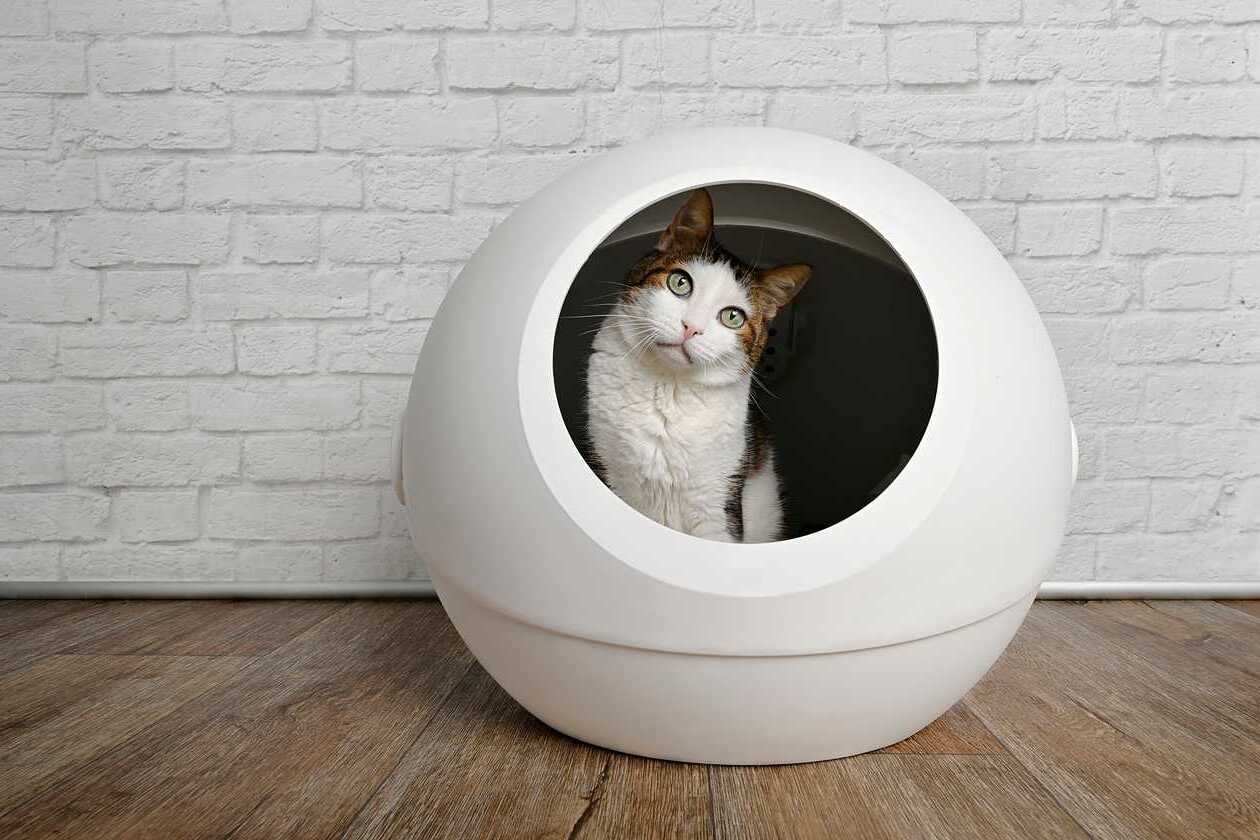
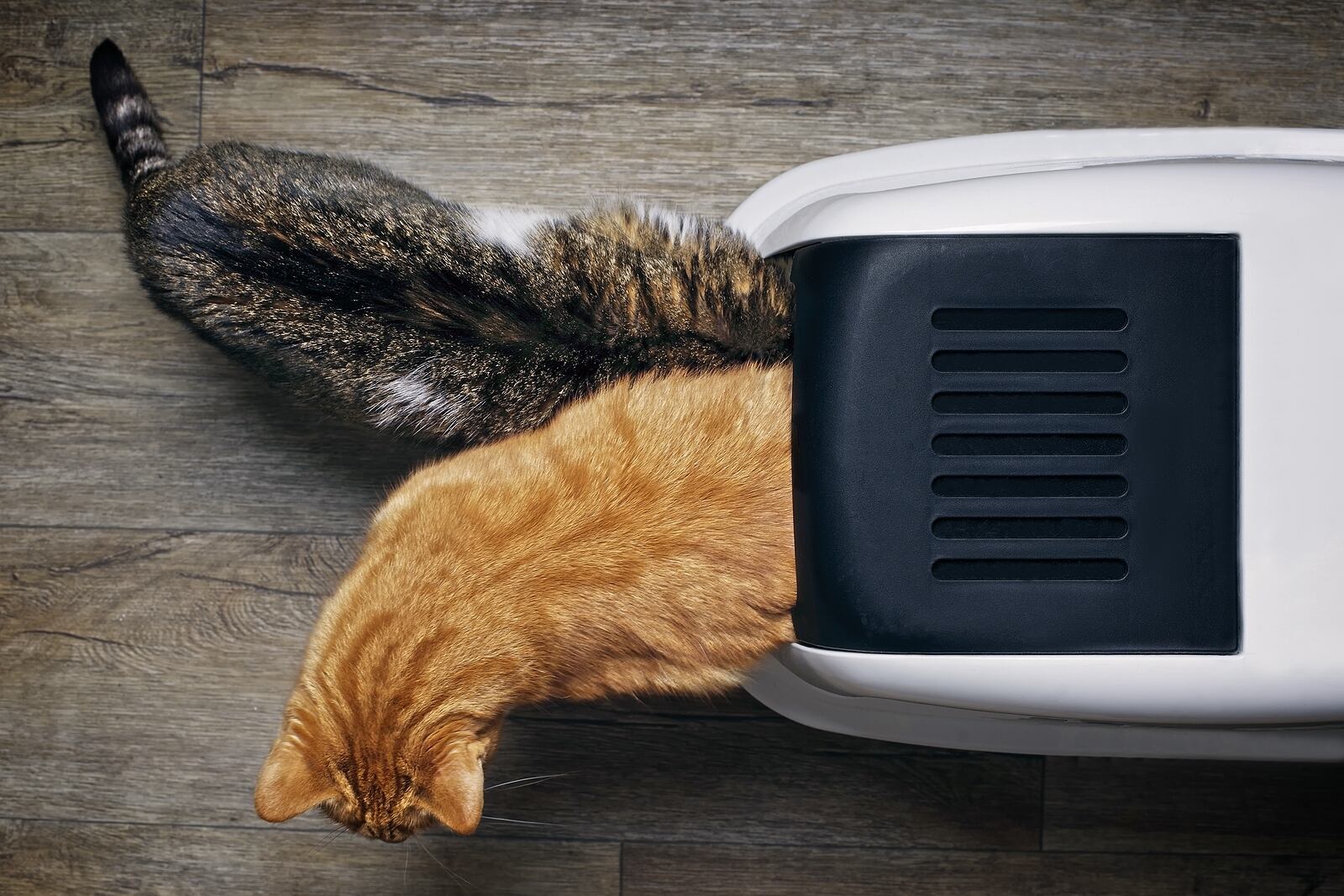
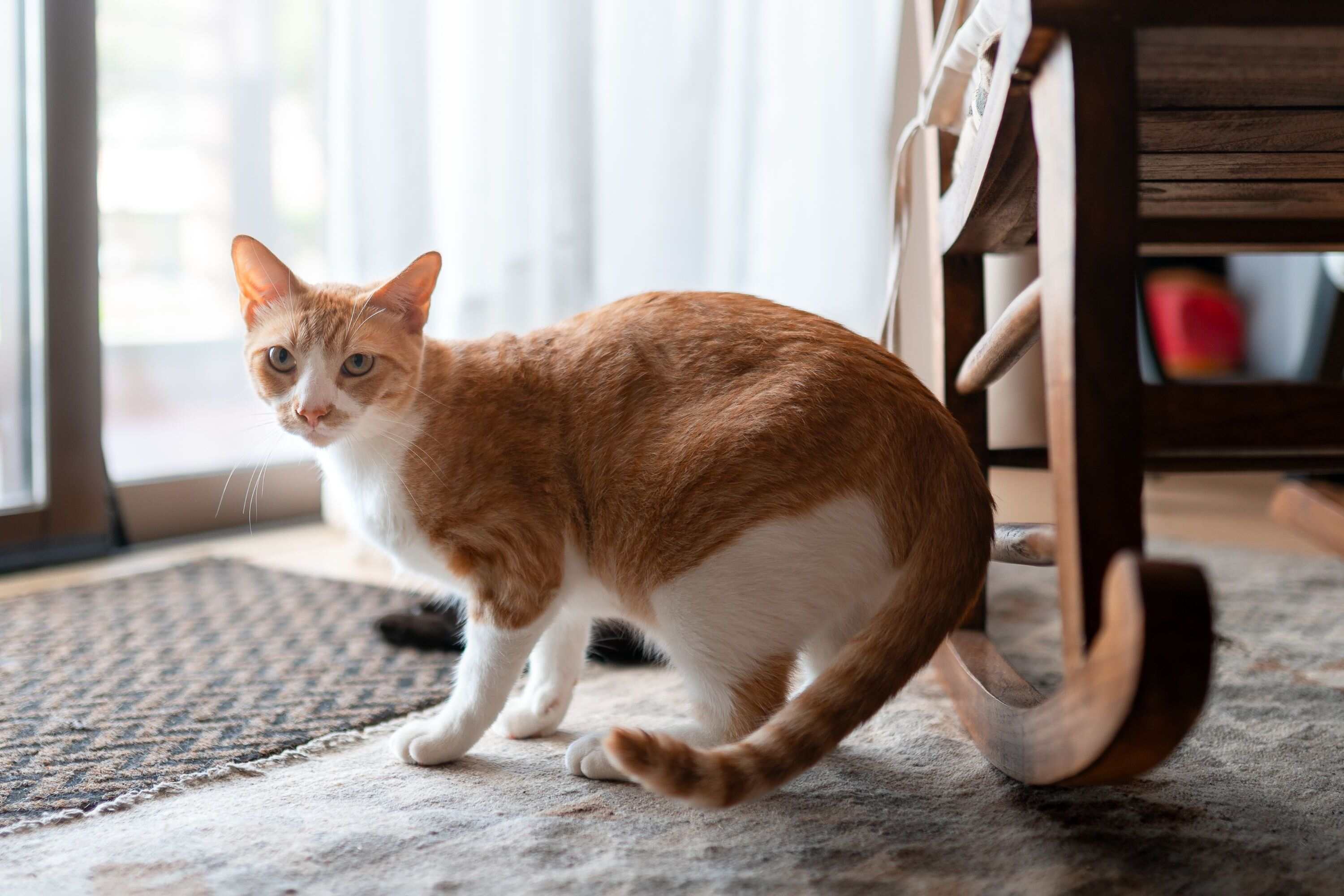
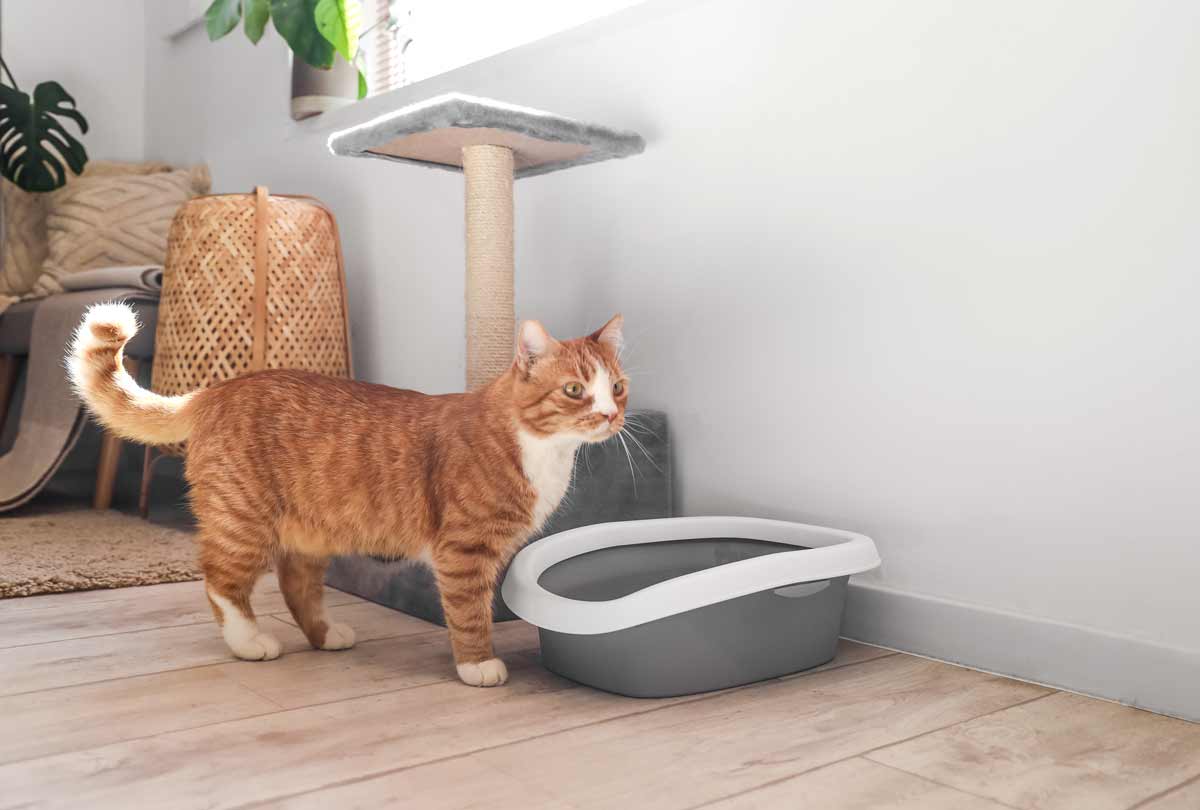
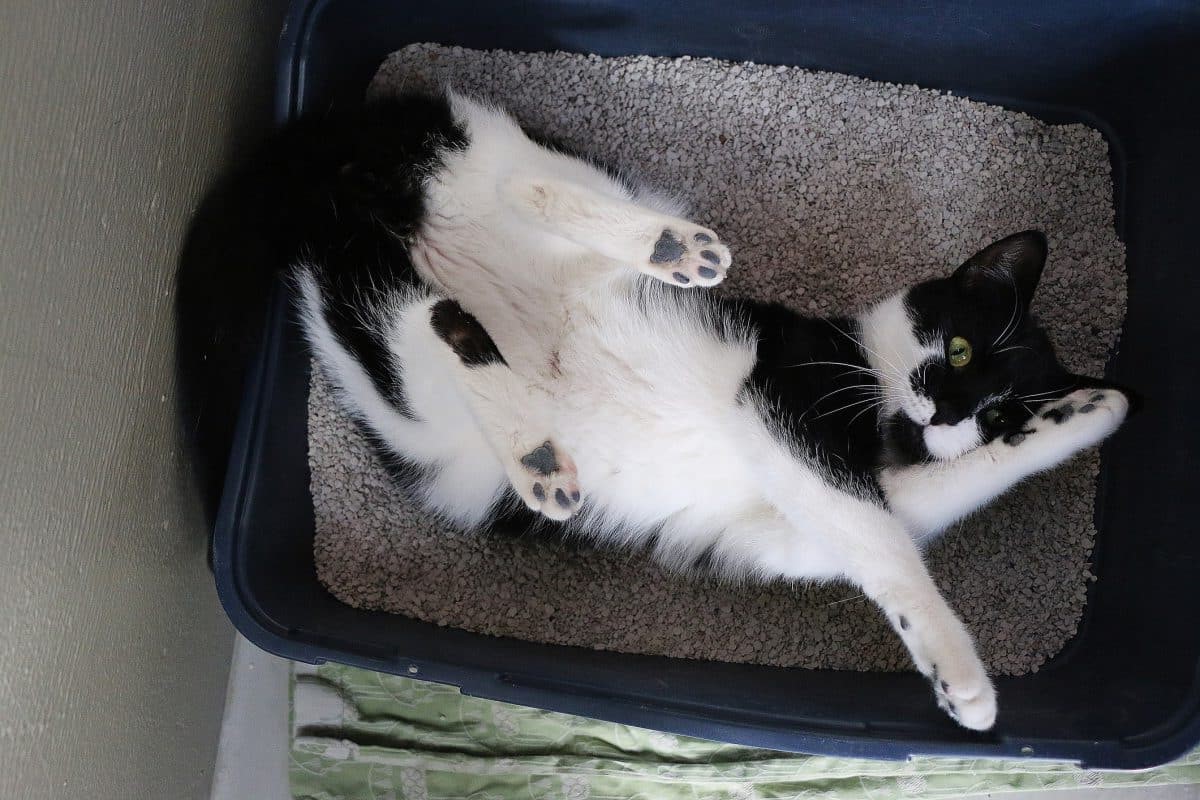
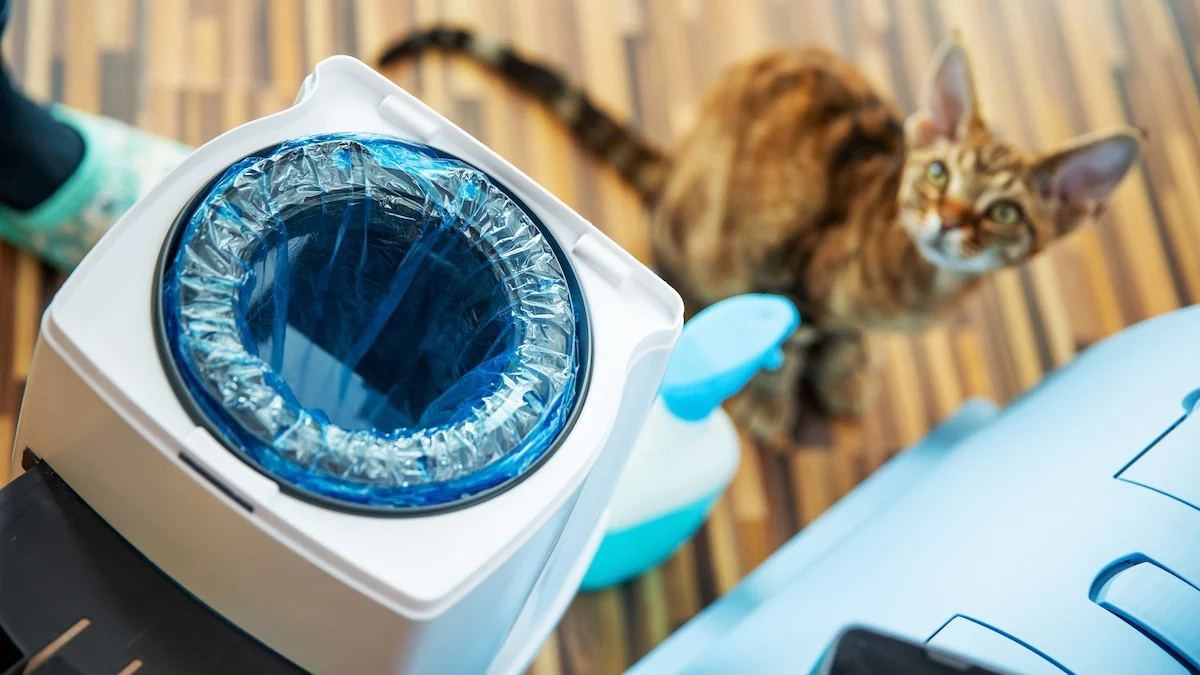
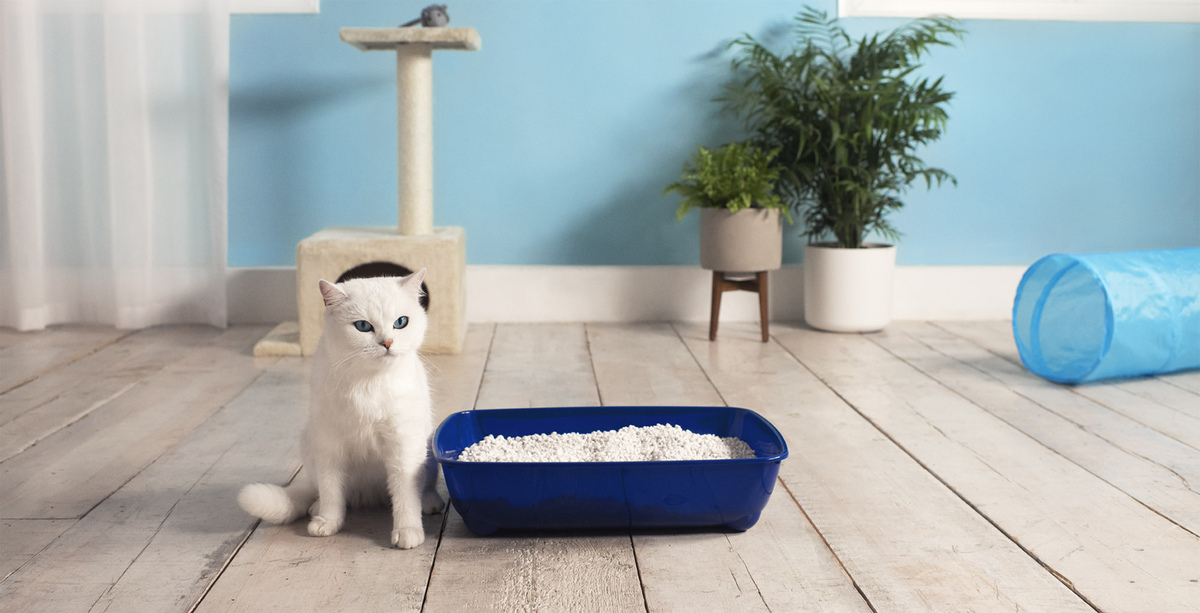
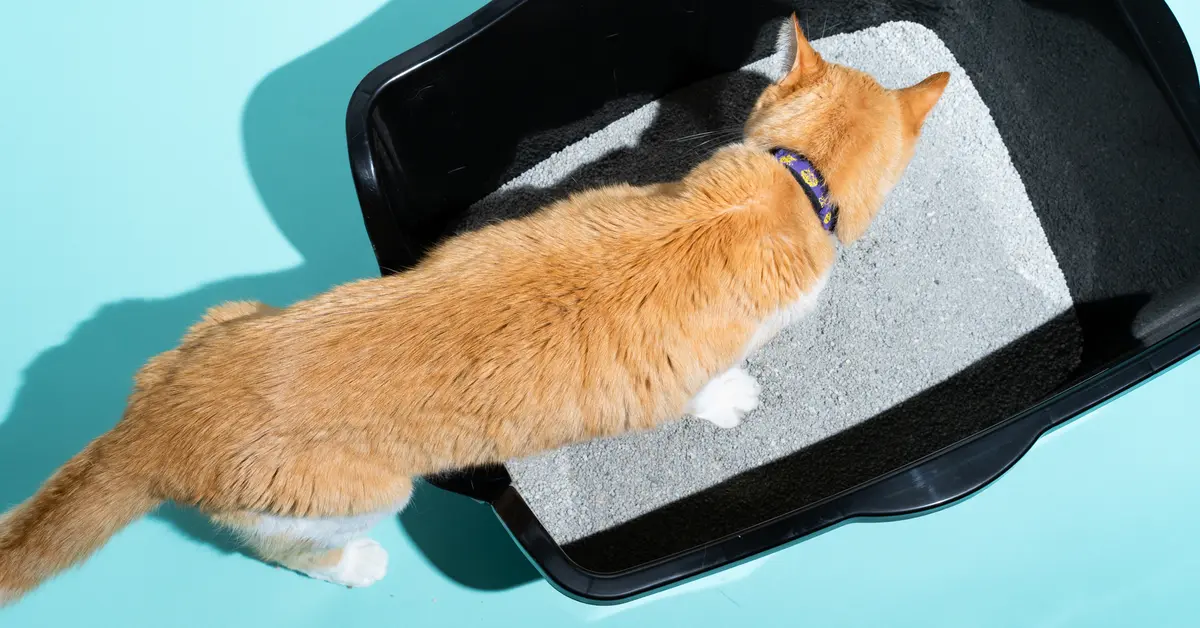
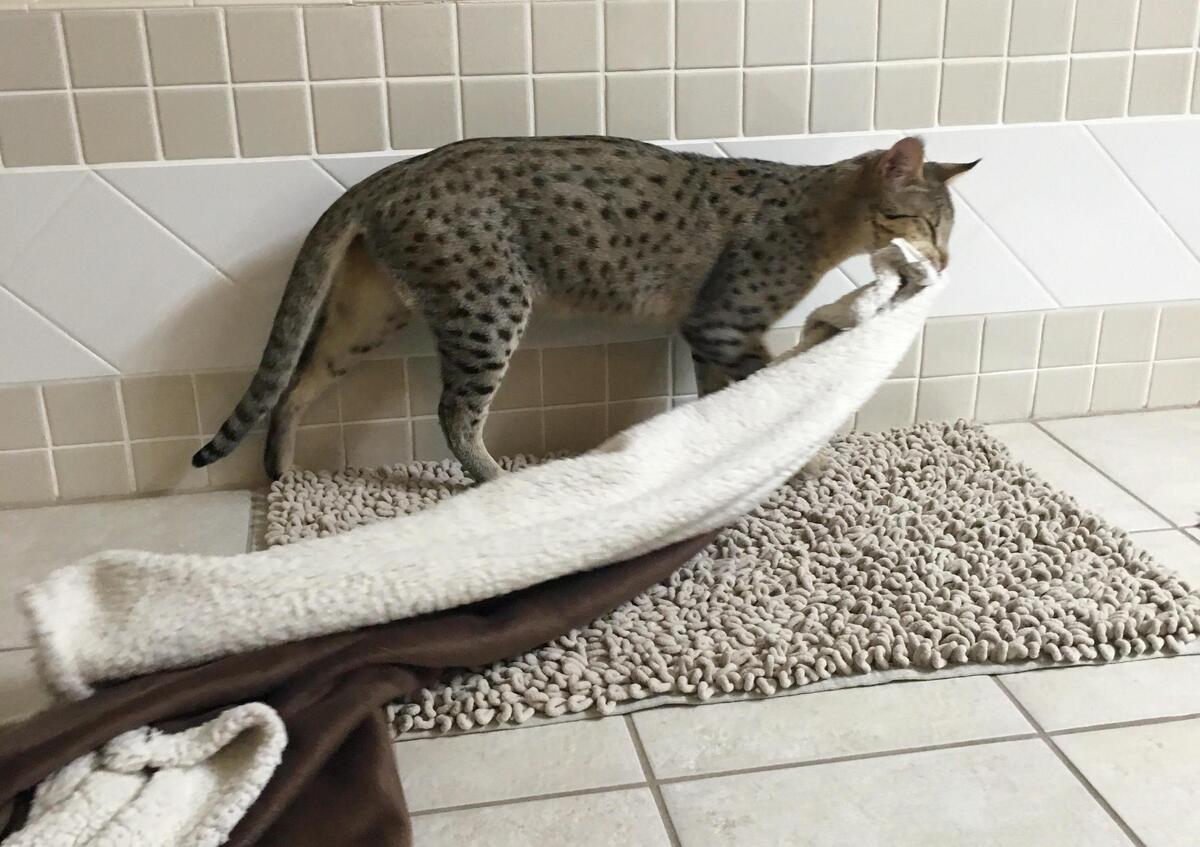
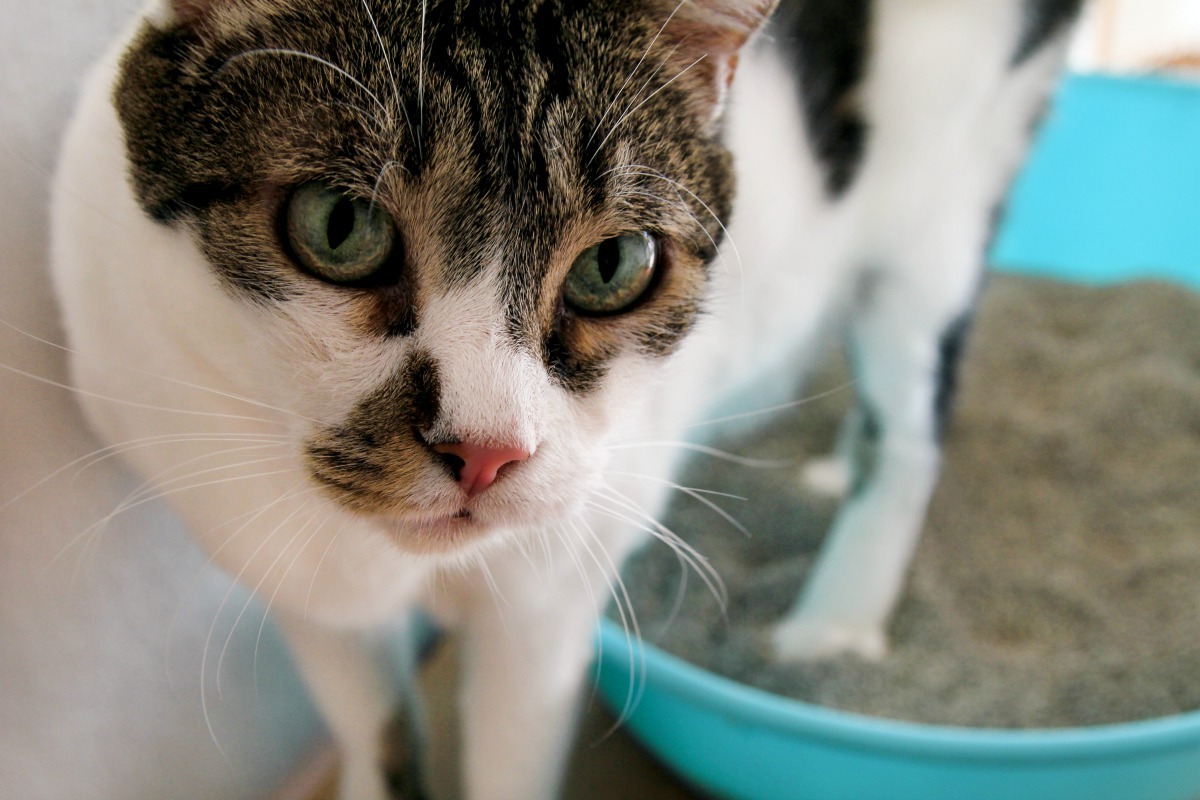
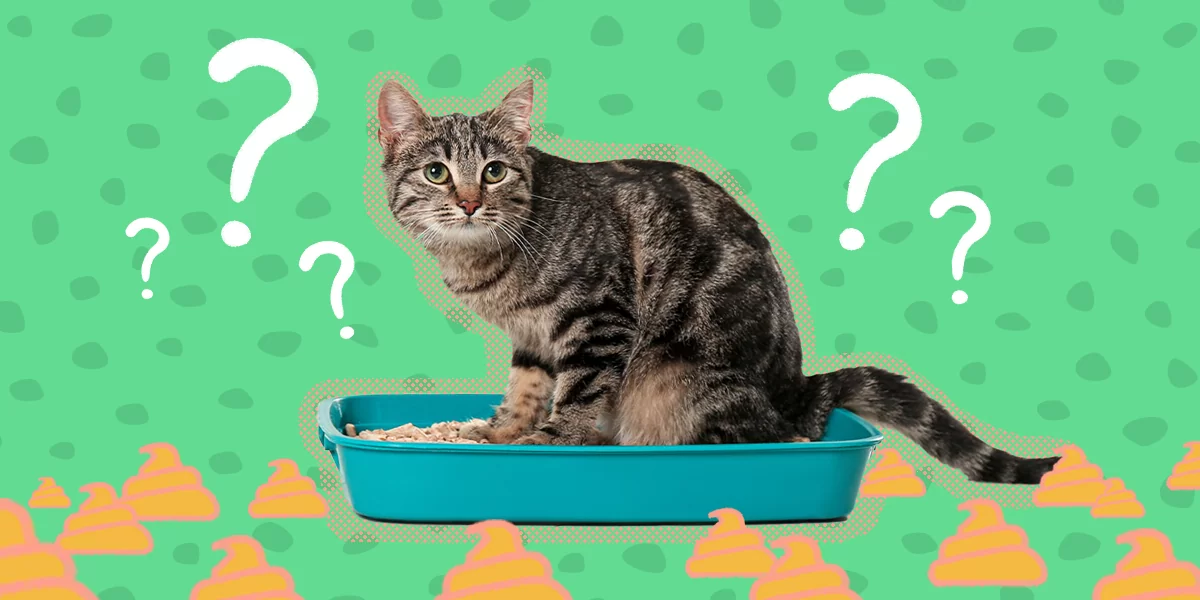
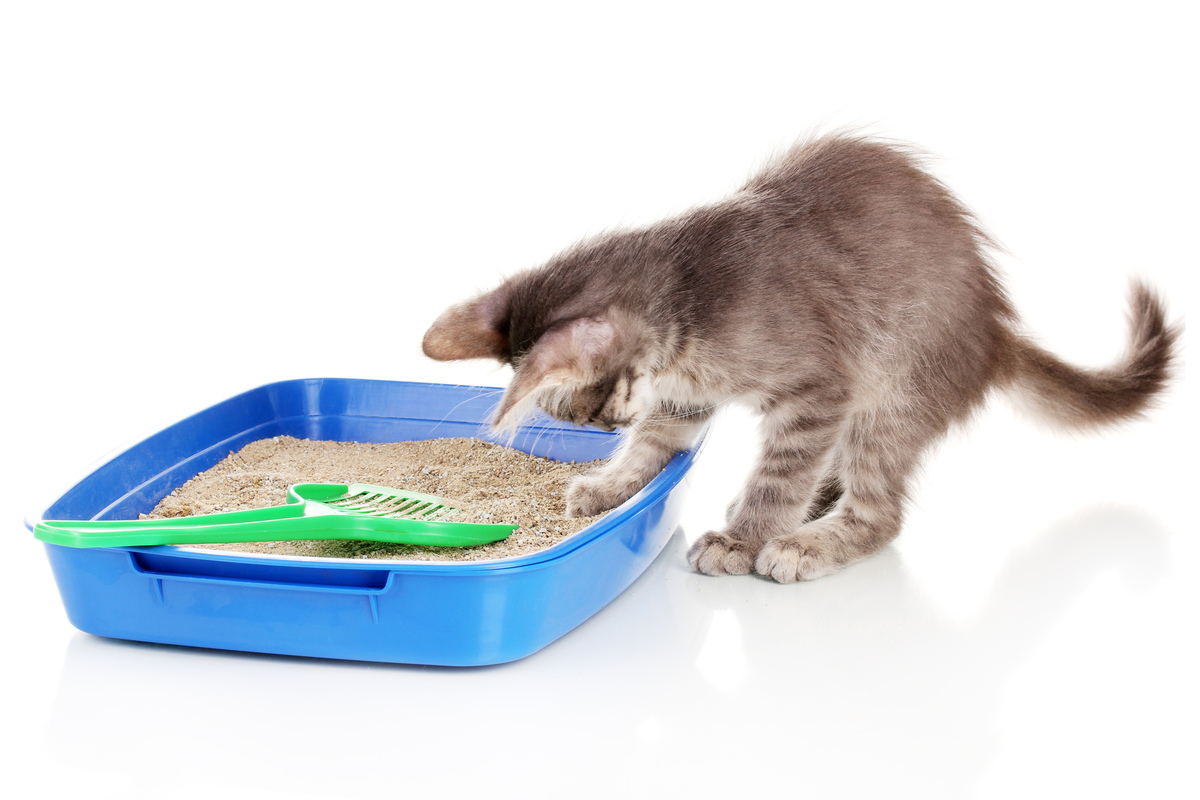

0 thoughts on “Why Does My Cat Spray In The Litter Box?”